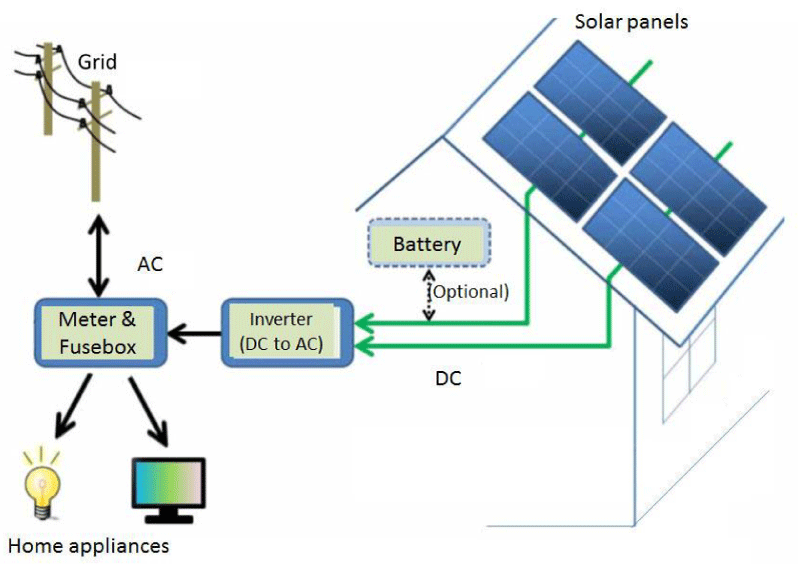
Information is included on piston pumps, centrifugal pumps, batteries, electrolysis cells, and other topics that may be important in certain wind power applications.
GRID CONNECTED PV SYSTEMS DESIGN AND INSTALLATION 7TH EDITION PDF INSTALL
The person designing a wind farm of multi-megawatt machines connected to the utility grid should find the necessary background material here, as well as the person desiring to install a small battery charging system in a remote location. This includes some wind speed data and much of the material on induction generators.īoth large and small wind turbines are discussed. Most of the material is available in the open literature, but some that has been developed from research at Kansas State University has not been published elsewhere. It is hoped that this book will fill such a need.Īn attempt has been made to pull together information from many sources and present it in a clear, consistent fashion in this text. The author believes that significant numbers of students in engineering or technology would be interested in a course on wind energy systems if an appropriate textbook were available. These books generally have no problems at the end of the chapters, and hence are difficult to use in a formal course. At the present time wind, solar photovoltaic, and solar thermal systems appear to be the main contenders for supplying a substantial fraction of the energy requirements of the United States and much of the remainder of the world as well.Ī number of books about wind power have been written in the last decade by those working in the field. This means that the so-called alternative energy sources may well become primary sources over the next few decades. Oil and natural gas are obviously not suitable long term solutions to our energy requirements, and coal and nuclear energy face severe environmental obstacles. This book will be of interest to those students who are interested in energy sources besides coal and nuclear. Enough detail is included so that a technically trained person can evaluate a given system for a proposed application and also learn enough of the specific language that he can look elsewhere for more information in an efficient manner.

Rather detailed treatments of meteorology, statistics, electrical machines, and engineering economics are given, but since these subjects are not studied by all engineers, no background is assumed for these areas. Those sections which demand a more technical treatment, however, assume a background in chemistry, physics, calculus, circuit theory, and dynamics. Many of the key concepts should be readily understood by those with a good high school education. We have chosen the undergraduate engineering student as the primary audience, but have tried to consider the needs of other users.

And there are undergraduate engineering students who need a formal course in the subject. There are graduate engineers who need a detailed treatment of some aspect of wind power systems. There are those with non technical backgrounds who want a readable introduction. There are several groups of potential users of a book on wind energy systems. This book is written to help people identify the proper question to ask. Any prospective user, regardless of his background, will feel large gaps in his knowledge, areas where he does not even know what the question is, let alone where to go look for the answer. Wind energy systems draw on a wide range of disciplines.


 0 kommentar(er)
0 kommentar(er)
